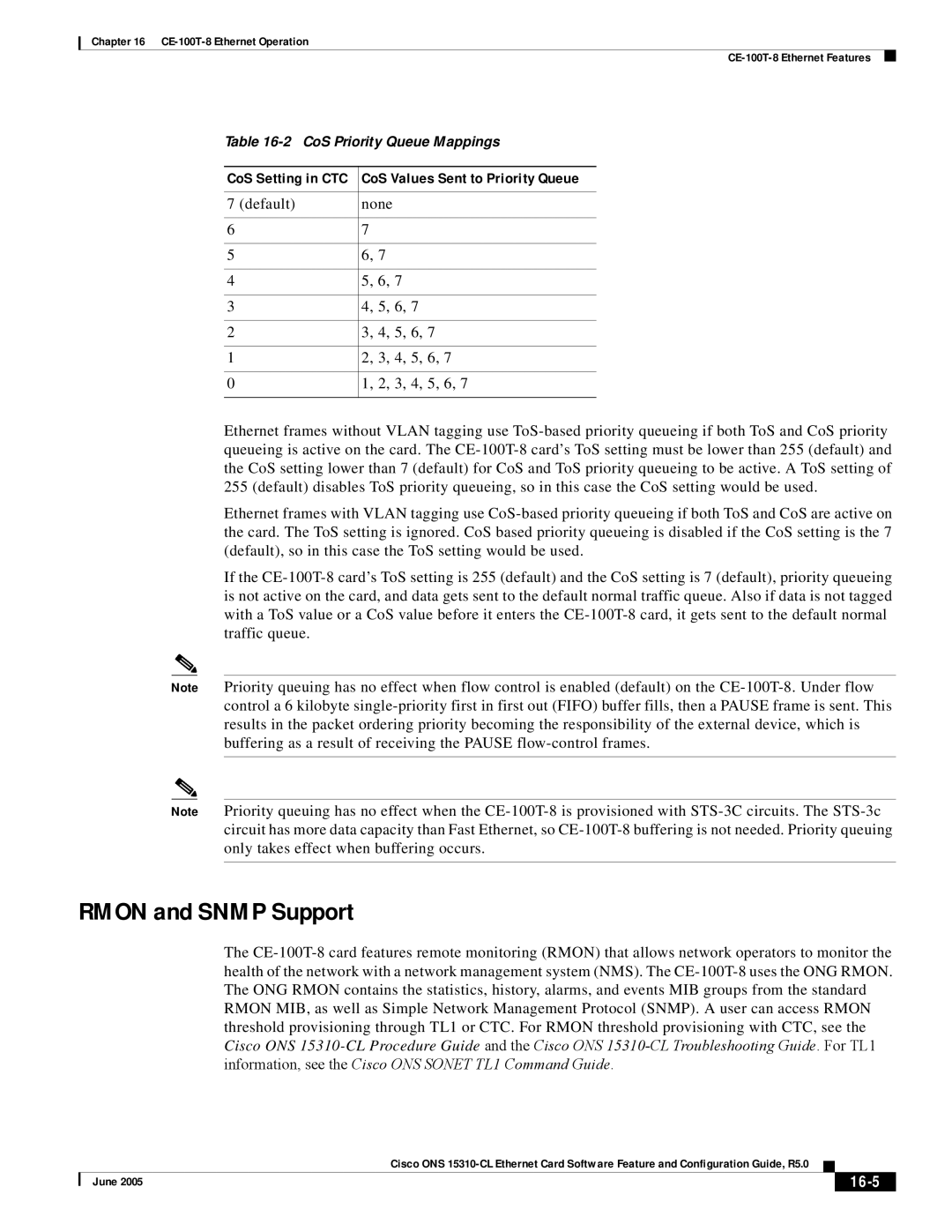CE-100T-8 specifications
The Cisco Systems CE-100T-8 is a powerful edge device designed primarily for service provider and enterprise applications. This compact yet robust appliance combines high performance with advanced features for various networking needs, making it a suitable choice for modern networks.One of the standout characteristics of the CE-100T-8 is its scalability. The device can handle multiple high-throughput applications simultaneously, providing a flexible solution for both small and large networks. With its support for various interfaces, including Ethernet and fiber, it can seamlessly integrate into existing infrastructures, backing the transition towards more advanced networking technologies.
The CE-100T-8 comes with eight Gigabit Ethernet ports, providing ample connectivity options for devices and services. This feature is vital for businesses that require consistent and speedy communication across their networks. The device also incorporates advanced routing capabilities through Cisco's IOS software, offering traditional and advanced routing protocols. This ensures that data is efficiently directed across the network, which is crucial for optimizing performance and reducing latency.
Security is an essential consideration for any networking device, and the CE-100T-8 does not disappoint. It offers built-in security features such as firewall capabilities, intrusion detection, and prevention systems, ensuring that the network remains protected against threats and vulnerabilities. Additionally, the device supports secure connections via Virtual Private Networks (VPNs), further enhancing the security measures available to users.
The CE-100T-8 also supports advanced Quality of Service (QoS) protocols, allowing businesses to prioritize critical traffic and ensure that essential services receive the necessary bandwidth. This can significantly improve the performance of applications such as VoIP and real-time video streaming, making it easier for organizations to adopt digital communication tools.
Moreover, Cisco has integrated management and monitoring features into the CE-100T-8, allowing IT administrators to oversee and manage their networks effectively. This includes features such as Cisco Prime, which provides a robust interface for centralized management, making it easier to configure, monitor, and troubleshoot the device.
In conclusion, the Cisco Systems CE-100T-8 is a versatile and capable network edge device that combines advanced features, robust security, and scalability. Its high-performance capabilities, coupled with Cisco's reputation for reliability and innovation, make it an ideal choice for enterprises looking to enhance their networking infrastructure.

